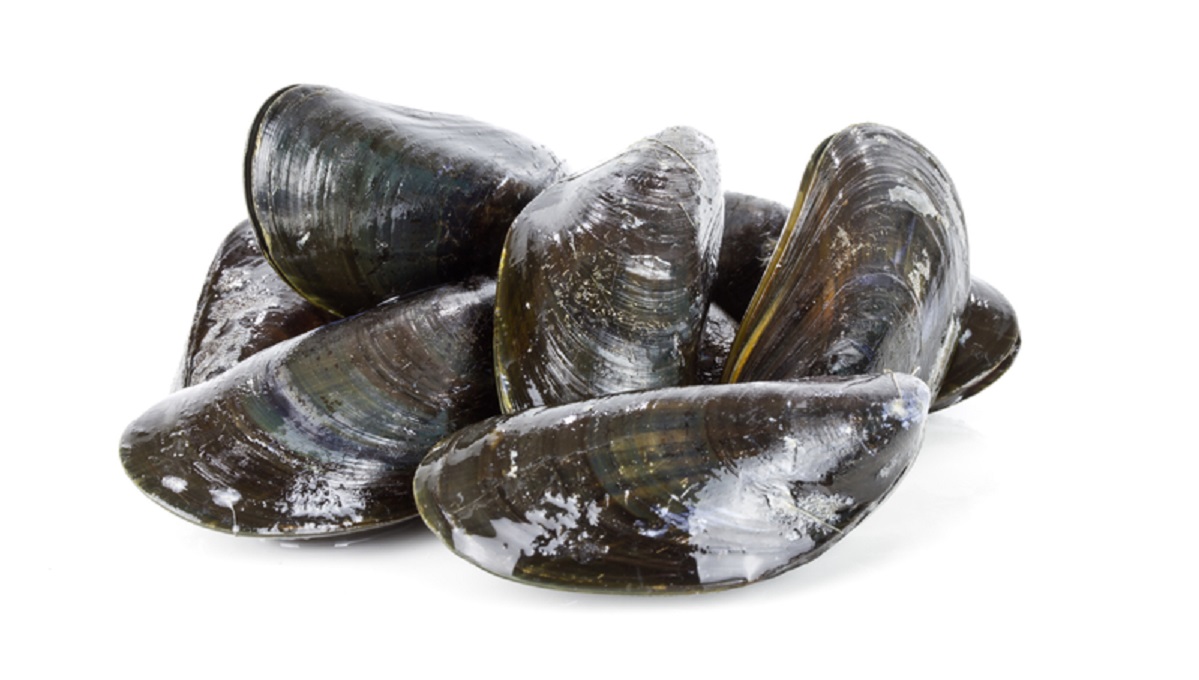New report shows a decrease in paralytic shellfish poisonings in Alaska - Food Safety News

Alaska's Division of Public Health has released a new report, showing a decrease in Paralytic Shellfish Poisoning in recent years.
The report found that between 1993 and 2021, there were 132 reports of poisoning in Alaska. Five deaths were recorded. Most incidents occurred in the boroughs of Kodiak Island, around 20 percent to 25 percent. The next highest was Juneau with 16 percent to 20 percent.
According to the Centers for Disease Control and Prevention, Paralytic shellfish poisoning (PSP) is the most common and most severe form of shellfish poisoning. PSP is caused by eating shellfish contaminated with saxitoxins. These potent neurotoxins are produced by various marine plankton.
Symptoms usually appear 30 to 60 minutes after eating toxic shellfish and include numbness and tingling of the face, lips, tongue, arms and legs. There may be headaches, nausea, vomiting and diarrhea.
Severe cases are associated with ingestion of large doses of toxin and clinical features such as ataxia, dysphagia, mental status changes, flaccid paralysis and respiratory failure. The case-fatality ratio is dependent on the availability of modern medical care, including mechanical ventilation. The death rate may be particularly high in children.
According to one of the report's contributors, Katherine Newell, an Epidemic Intelligence Service officer with the CDC who is assigned to Alaska's Division of Public Health, PSP is a reportable condition in Alaska because of the seriousness of the illness.
Commercially harvested shellfish are tested for the toxin, which is why PSP cases nearly always occur in self-harvested seafood. Contaminated shellfish also tastes and looks the same as non-contaminated seafood. Cooking or freezing the fish does not impact the toxins.
The report suggests, that though it isn't clear, the reasons for the recent decline in reported PSP cases might be related in part to declines in subsistence shellfish consumption, improved community awareness of PSP risk, and decreased reporting of suspected PSP cases.
"It's important to note that the decline in reported cases is not indicative of reduced risk of PSP in Alaska," Newell said. Noting that harmful algal blooms, which create saxitoxins and result in widespread shellfish contamination, still form every year in the state.
The full report can be found here.
(To sign up for a free subscription to Food Safety News, click here.)
Comments
Post a Comment